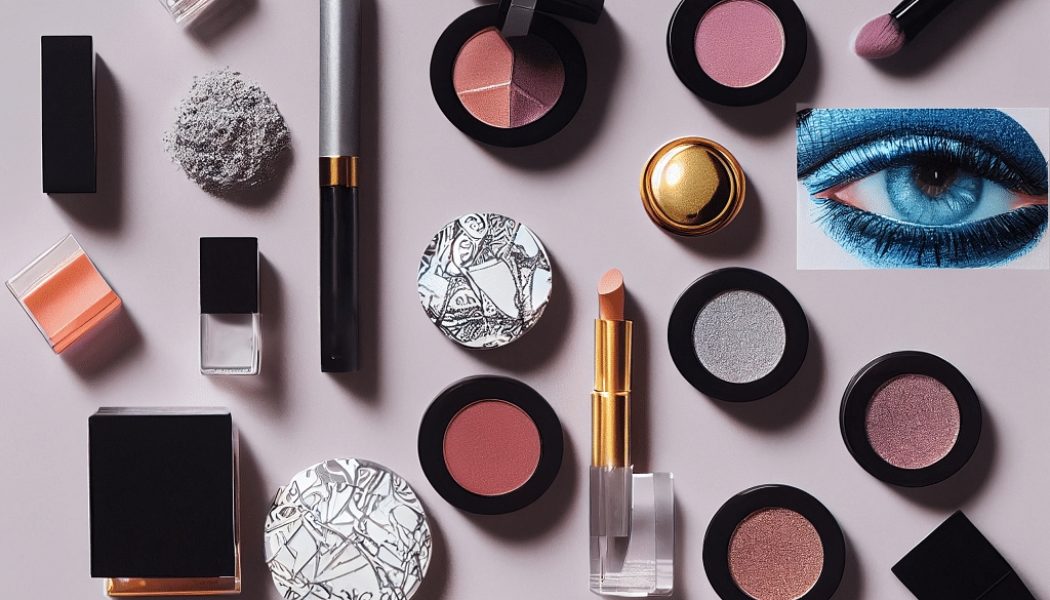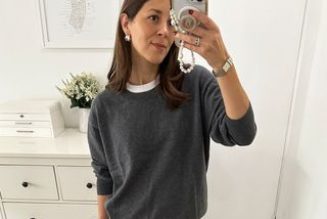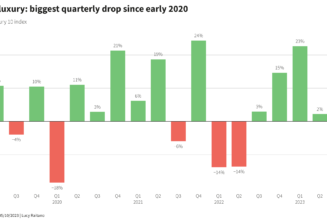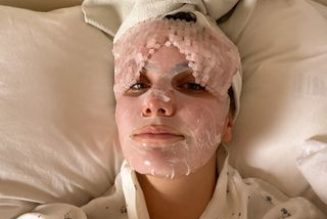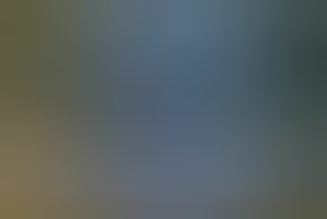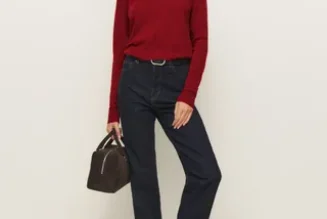
Today’s luxury fashion houses, including Prada, Maison Francis Kurkdijan, and Balmain, are venturing beyond their traditional boundaries of haute couture and high fashion, expanding their product offerings to include skincare, makeup, and hair care. This strategic move is aimed at making luxury more accessible and appealing to a larger audience. However, while this diversification presents vast opportunities for growth, it also brings the risk of diluting brand equity and identity.
Prada: Bridging Physical and Digital Beauty
Prada, the Italian luxury fashion house, has launched a skincare and color cosmetics line called Prada Augmented Skin and Color. Now available in the US, the brand emphasizes a free-thinking avant-garde approach to beauty. In collaboration with renowned makeup artists, Prada’s line focuses on adapting to the skin’s environment in real-time, integrating the brand’s codes while heightening environmental awareness.
Maison Francis Kurkdijan: Bringing Luxury to Laundry
Maison Francis Kurkdijan, known for its iconic fragrances, has taken a unique path in its expansion by introducing a premium laundry line. The line includes a linen mist, liquid detergent, and fabric softener, all carrying the signature Aqua Universalis fragrance. This move takes the brand’s luxurious aromas from personal use to a broader home care experience.
Balmain Hair: Empowering Designs for Hair Care
Balmain Hair, celebrated for its empowering designs for women, has broadened its product portfolio to include hair care products, couture-inspired accessories, and styling tools. To commemorate their 50th anniversary, Balmain Hair has launched the Heritage 1947 Collection, featuring three new hair perfumes that resonate with the maison’s values and empowering designs.
Why the Beauty and Personal Care Market?
Major acquisitions and mergers have been observed in recent years as luxury fashion brands diversify into the beauty industry, recognizing the potential for significant business growth and cash flow. The beauty sector offers an opportunity to capture a wider audience and tap into the aspirational luxury consumer market.
While fragrance and color cosmetics have proven to be successful avenues for fashion brands entering beauty, skincare presents a more challenging prospect due to consumer preferences for scientific effectiveness and credibility. Nevertheless, there are promising opportunities within wellness and athleisure categories in the beauty industry.
Market Trends and Future Outlook
Despite prevailing economic uncertainty, beauty retail sales are projected to continue growing. A growth gap between high-end and mass-market fragrance sales has been observed, with younger consumers favoring luxury beauty brands. Retailers like Ulta, Target, and Kohl’s are capitalizing on this beauty sales boom.
The global luxury cosmetics market is growing at an impressive rate. Europe holds about 33% of the global market share, with demand for luxury cosmetic products focusing on organic and natural ingredients on the rise. The market is primarily driven by increased consumer demand for naturally derived ingredients and the growing popularity of e-commerce for luxury product purchases. Major players in this market, such as L’Oréal, Shiseido Company Limited, Christian Dior, and The Estée Lauder Companies Inc., are embracing digital platforms, sustainability, ethical practices, personalization, and customization.
In conclusion, the transition of luxury fashion brands into the beauty and personal care market represents an evolving definition of luxury and a desire for a more comprehensive luxury experience. As this trend continues, we can expect a more diverse and innovative luxury market in the future.
